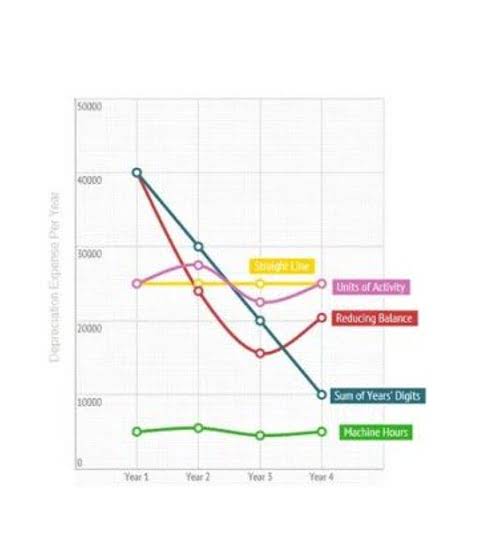- 09/11/2020
Balance Sheet Basics and the Accounting Equation
Content

Without the balance sheet equation, you cannot accurately read your balance sheet or understand your financial statements. A balance sheet serves as reference documents for investors and other stakeholders to get an idea of the financial health of an organization. It enables them to compare current assets and liabilities to determine the business’s liquidity, what is the accounting equation or calculate the rate at which the company generates returns. Comparing two or more balance sheets from different points in time can also show how a business has grown. In its simplest form, the balance sheet formula will depict what a company will own, what it will owe, and what stake the shareholders or the owners have in the company’s business.

In this balance sheet, accounts are listed from least liquid to most liquid (or how quickly they can be converted into cash). Just as assets are categorized as current or noncurrent, liabilities are categorized as current liabilities or noncurrent liabilities. Under the double-entry accounting system, each recorded financial transaction results in adjustments to a minimum of two different accounts.
What Is a Liability in the Accounting Equation?
Other names for owner’s equity you may face are also net assets, or stockholder’s equity (for public corporations). The owner’s equity is the value of assets that belong to the owner(s). More specifically, it’s the amount left once assets are liquidated and liabilities get paid off. Before getting into how the accounting equation helps balance double-entry bookkeeping, let’s explain each element of the equation in detail.
The balance sheet will form the building blocks for the double-entry accounting system. This equation should be supported by the information on a company’s balance sheet. The Accounting Equation is the foundation of double-entry accounting because it displays that all assets are financed by borrowing money or paying with the money of the business’s shareholders. The expanded accounting equation goes hand in hand with the balance sheet; hence, it is why the fundamental accounting equation is also called the balance sheet equation. Any changes to the expanded accounting equation will result in the same change within the balance sheet.
Accounting equation
Liabilities and equity make up the right side of the balance sheet and cover the financial side of the company. With liabilities, this is obvious—you owe loans to a bank, or repayment of bonds to holders of debt. Liabilities are listed at the top of the balance sheet because, in case of bankruptcy, they are paid back first before any other funds https://www.bookstime.com/articles/bookkeeping-san-francisco are given out. However, due to the fact that accounting is kept on a historical basis, the equity is typically not the net worth of the organization. Often, a company may depreciate capital assets in 5–7 years, meaning that the assets will show on the books as less than their “real” value, or what they would be worth on the secondary market.
For all recorded transactions, if the total debits and credits for a transaction are equal, then the result is that the company’s assets are equal to the sum of its liabilities and equity. A company usually must provide a balance sheet to a lender in order to secure a business loan. A company must also usually provide a balance sheet to private investors when attempting to secure private equity funding. In both cases, the external party wants to assess the financial health of a company, the creditworthiness of the business, and whether the company will be able to repay its short-term debts. Shareholder equity is the money attributable to the owners of a business or its shareholders. It is also known as net assets since it is equivalent to the total assets of a company minus its liabilities or the debt it owes to non-shareholders.
